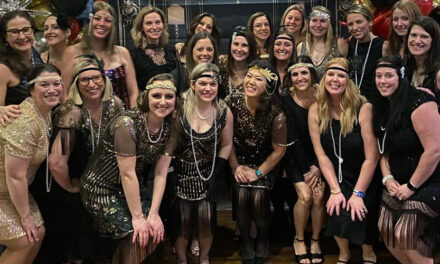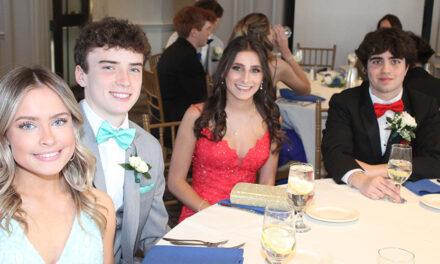Published in the May 17, 2017 edition
By DAN TOMASELLO
LYNNFIELD — Tensions ran high last week between Supt. Jane Tremblay and School Committee member Jamie Hayman during a discussion of the school system’s strategic plan.
On Tuesday, May 9, Tremblay was giving an overview of the strategic plan’s “meeting the needs of all students” component when Hayman raised concerns about it.
“I applaud everything that is on here, but there is noticeably absent anything academic,” said Hayman. “What have we done to address the academic needs of students?”
Tremblay said she was reporting on the strategic plan’s initiatives undertaken this year. However, she said teachers and school officials are working to help students improve academically on a regular basis.
“We are working on differentiated instruction in our classrooms,” said Tremblay. “Summer Street School established an inclusive classroom goal this year, and they are going to continue to work on that. We have done a great job meeting the needs of all students in special education. (Special Services Director) Kara Mauro is constantly looking at programming to meet the individual meets of students. The teams at each building are working on what are the resources we need to meet the needs of these students, if we need to bring different resources in, and if we need different resources.
“I think we do a pretty good job at that,” Tremblay continued. “Is there room for improvement? Like everything we do in the district, there is room for improvement. But I didn’t speak about this today because it is not part of the district strategy as it was laid out in 2016-2017.”
Before Tremblay gave an overview of some of the strategic plan’s focus areas for next year, Hayman criticized this year’s plan again.
“I am very much struggling with this because we haven’t defined the strategic goals for the district,” said Hayman. “I find it very difficult to say, ‘Is this working or is this not?,’ if we don’t know where this strategy is trying to take us.”
“There are five strategic goals that are outlined,” said Tremblay. “And the action items of what we are doing in the district is the roadmap for how we are going to get there.”
Hayman disagreed with Tremblay’s point of view.
“I think strategic goals or strategic direction is where the district is now and where we want the district to be a year from now or two years from now,” said Hayman. “This is a plan to get there, but unless we have that endpoint defined or a destination defined, it becomes a path to just wander.”
Tremblay said, “The way that I look at the strategic goals is that the teacher goals are really helping us to play out our mission and our vision for what it is we want for students.”
“The action items are the very clear, intentional plans to help us play that out,” added Tremblay. “And the end result is we want students to be successful in our classrooms and we want to set them up to be successful as they move on from Lynnfield Public Schools as they go onto higher education and beyond.”
Hayman countered by saying the school system needs to “do a better job at defining what success looks like.”
“It’s great we are taking all of these steps, and I don’t want to mistake this as saying this is the wrong strategy or the wrong plan, or people aren’t doing what they are supposed to be doing,” said Hayman.
Additionally, Hayman said he reviewed strategic plans from school districts similar to Lynnfield.
“There was an element to these strategic plans that had more concrete goals and more concrete evidence,” said Hayman.
School Committee Vice Chairwoman Dorothy Presser noted school officials took out a “theory of action” from the strategic plan. She suggested reinserting it back into the plan to clarify its objectives and goals.
Tremblay said she will reinsert the theory of action back into the plan. She will also be collecting more data next year.
“I can give lots of data to suggest the work has been done, but the underlying question is how do we know it is making a difference,” said Tremblay.
Hayman was receptive to the superintendent’s proposal.
“I know everyone is working hard on executing this, but there has to be an endpoint so we know it’s working essentially,” said Hayman.
School Committee Chairman Tim Doyle suggested that if Tremblay reinserts the theory of action into the plan, it should be “broad.”
“We don’t want to get bogged down,” said Doyle.
Tremblay concurred with Doyle’s request.
“I spent a tremendous amount of time over the last two months talking to superintendents about this and coaches from the NSIP (New Superintendent Induction Program),” said Tremblay. “It’s a very difficult thing to do. Obviously I didn’t come up with the right answer, but I put it in the plan for next year because I know that is important. I know sitting here, looking at you and saying ‘trust me, it’s getting done and it’s working’ is not good enough. We are not the only district struggling with that. That is something I and the Administrative Leadership Team are going to be working long and hard on next year. It’s a big question and this district deserves the answer.”




